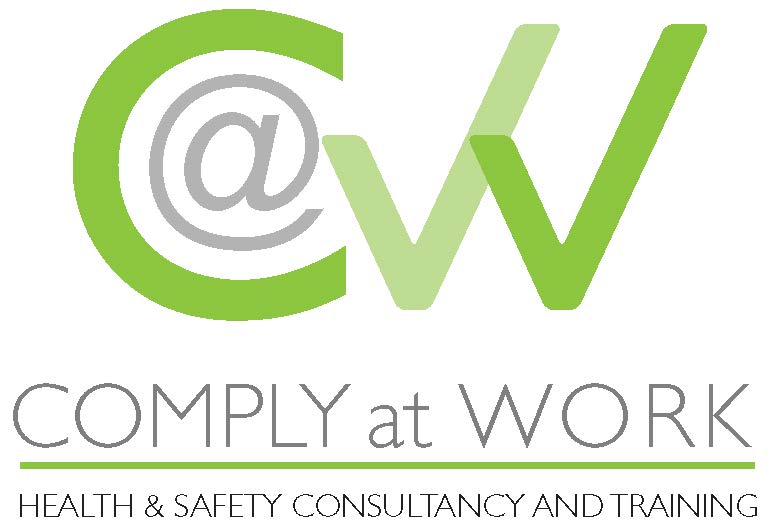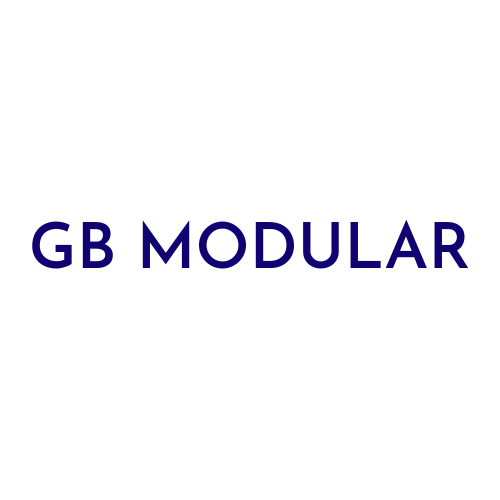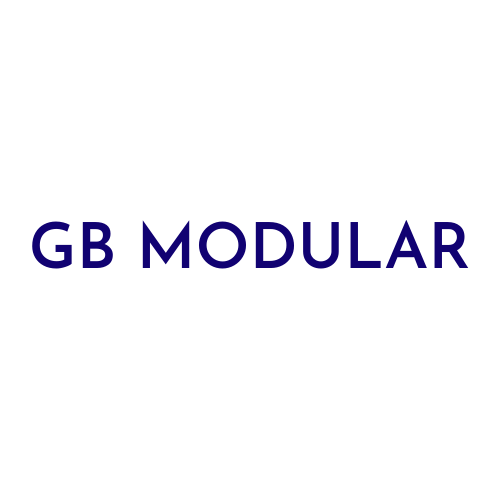Title Page
-
Site conducted
-
Company Name
-
Add media
-
Location: Name and Address of Premises
-
Telephone Number
-
Assessment Conducted by
-
Conducted on
-
Review Date
-
This Risk Assessment has been undertaken and prepared for the use of the above mentioned company for safety management purposes, and is pertinent to them and not any other party.
-
Disclaimer
The assessors believe the information contained within this risk assessment report to be correct at the time of printing. The assessors do not accept responsibility for any consequences arising from the use of the information herein. The report is based on matters which were observed or came to the attention of the assessors during the day of the assessment and should not be relied upon as an exhaustive record of all possible risks or hazards that may exist or potential improvements that can be made. -
Confidentiality Statement
In order to maintain the integrity and credibility of the risk assessment processes and to protect the parties involved, it is understood that the assessors will not divulge to unauthorized persons any information obtained during this risk assessment unless legally obligated to do so.
Risk Assessment
General Information
-
Use pf premises
-
General description of the premises (Consider buildings, construction materials, floors, uses, outdoor areas, security, neighbours etc)
-
Times the premises are in use:
-
Total number of persons employed to work within the premises at any one time:
-
Total number of persons who may resort to the premises at any one time:
-
Are there any occupants at special risk eg sleeping occupants; disabled occupants; occupants in remote areas; lone workers; others
-
Details of the local Fire Service (distance / travel times etc)
-
Details of any fire loss experience
-
Other relevant background / comments
Summary of Fire Risk Assessment Risk Rating
-
Likelihood of Fire Occurring
-
Potential Severity of Harm
-
Calculation of risk: Low x Low = Trivial; Low x Medium = Tolerable; Medium x Medium = Moderate; Medium x High = Substantial; High x High = Intolerable
-
Therefore, the current risk to life is assessed as
-
No further action is required other than maintaining the control measures that are currently in place
-
No major additional controls required. However, there is a requirement for some improvements
-
It is essential that efforts be made to reduce the risk. The additional control measures that are recommended should be implemented within a suitable time period.
-
Urgent action should be taken to reduce the risk. The additional control measures, that are recommended, should be implemented as soon as possible or limitations should be imposed on the parts of the premises affected
-
The premises or the part of the premises affected should not be occupied until the additional control measures that are recommended have been implemented.
Fire Protection & Warning Systems Within the Premises
-
Describe the Fire Warning System (eg Fully covered by a fire warning system; maintained fire panel; remote monitoring; sounders throughout site; flashing lights; smoke detectors; heat detectors; VESDA system; break glass call points are situated throughout the site; manually operated horns / other system used)
-
The site is fully covered by a fire warning system
-
Is the fire warning system maintained and serviced by a competent third party with records in place?
-
Describe the system
-
The Fire Panel is monitored remotely by a competent third party
-
The fire alarm has sounders throughout site
-
Are the sounders regularly tested, with suitable records in place?
-
The fire alarm has flashing lights also fitted in addition to the above in suitable places
-
Are flashing warning lights related to the fire warning system regularly tested with suitable records in place?
-
Break glass call points are situated throughout the premises
-
Are fire call points regularly tested, on rotation, with suitable records in place?
-
Suitable detection devises are fitted (eg smoke detectors, rate of rise heat detection, VESDA etc)
-
Are detection devices maintained and serviced by a competent third party with records in place?
-
Emergency lighting (EML) is in place
-
Is emergency lighting maintained and serviced by a competent third party with records in place? Do discharge tests take place?
-
Is emergency lighting regularly tested (in-house) with suitable records in place?
-
Is a sprinkler system or other fire suppression system installed?
-
Are fire suppression systems maintained and serviced by a competent third party with records in place?
-
Are fire suppression systems regularly tested (in-house) with suitable records in place?
-
Is suitable fire fighting equipment in place throughout the premises? See results of individual areas
-
Do regular in-house checks take place of fire fighting equipment with suitable records being maintained?
-
Is the fire fighting equipment serviced annually and suitable records maintained?
-
Is regular testing and maintenance in place for fire resisting doors, walls and partitions?
-
Is regular testing and maintenance in place for escape routes, exit doors & fire safety signs?
-
Is regular testing and maintenance in place for General Fire Precautions, such as routine in-house inspections?
-
Give details of any other measures in place.
-
Further Comments / Recommendations
Management
-
Is a competent person(s) available to assist in implementation of fire safety legislation?
-
Is there an emergency action plan (and is it made clear to all employees and visitors)?
-
Are people nominated to respond to fire - Fire Marshals / Fire Wardens?
-
Are people nominated to aid any disabled people?
-
Is a periodic fire drill carried out (at least annually)?
-
Have suitable fire drill records been maintained?
-
Is there a clear method for calling the Fire Service
-
Are contractors suitably controlled whilst on the premises? For instance, is there a permit to work system, particularly for hot work? Are in-house maintenance personnel sufficiently controlled?
-
Has the building an effective lightning protection system?
-
Are fixed heating installations subject to regular maintenance?
-
Are reasonable maintenance measures taken to prevent fires of electrical origin?
-
Are electrical installations periodically inspected and tested? Minimum every 5 years
-
Is portable appliance testing (PAT) / similar carried out?
-
Are reasonable maintenance measures taken to prevent fires due to Arson?
-
Are the premises suitably secure (eg CCTV, fully fenced, locked when unoccupied etc)
-
Security Details:
-
Is there sufficient control of unnecessary fire load in close proximity to the building or available for ignition by outsiders?
-
Are reasonable maintenance measures taken to prevent fires due to smoking?
-
Is smoking prohibited in the building and other appropriate areas?
-
Are there suitable arrangements made for those who wish to smoke? Consider the management of smoking areas on the premises
-
Is the appropriate smoking prohibition notice displayed at the building's entrance? http://www.smokefreeengland.co.uk/resources/guidance-and-signage/
-
Are reasonable measures taken to prevent cooking related fires?
-
Is kitchen ductwork and filters cleaned / changed as required?
-
Are risk appropriate extinguishers available in kitchen areas?
-
Further Comments / Recommendations
Training
-
All employees should receive fire safety training. As a minimum this should be on induction. Annual refresher fire training is recommended.
-
Does training include the action to take on discovering a fire?
-
Does training include how to raise the alarm?
-
Does training include what to do upon hearing the fire alarm?
-
Does training include the procedures for alerting and directing members of the public and visitors including, where appropriate, directing them to exits and assembly points?
-
Does training include the arrangements for calling the fire and rescue service?
-
Does training include the evacuation procedures for everyone in your premises (including young children or mobility impaired persons) to reach an assembly point at a place of total safety?
-
Does training include the location and, when appropriate, the use of firefighting equipment?
-
Does training include the location of escape routes, especially those not in regular use?
-
Does training include how to open all emergency exit doors?
-
Does training include the importance of keeping fire doors closed to prevent the spread of fire, heat and smoke?
-
Does training include (where appropriate) how to stop machines, processes and isolate power supplies in the event of fire?
-
Does training include the importance of general fire safety and good housekeeping?
-
Are staff with special responsibilities i.e. fire wardens given additional training?
-
Are appropriate records kept of all fire training?
-
Further Comments / Recommendations
Area Assessment: Assess the adequacy of the means of escape, fire safety signage, fire warning system, emergency lighting and fire fighting equipment in the area
-
Name / description of area
-
This section refers to the area named below (click select and enter the area name in notes)
-
Are there areas where employees / others are isolated?
-
Are areas where employees / others are isolated adequately controlled?
-
Is there varied / shift working?
-
Is varied / shift working adequately controlled?
-
Are there disabled people in the area?
-
Are adequate controls in place to aid disabled people in the event of an emergency?
-
Are there any other people who may be affected by activities in this area?
-
Are adequate controls in place to protect / assist people who may be affected by activities in this area?
-
Are there any structural features that could promote the spread of fire?
-
Give details. Are structural features that could promote the spread of fire adequately controlled?
-
Means of Escape – Horizontal Evacuation. Are the following factors adequately controlled?
-
Control measures for any fire hazards within the area:
-
Control and monitoring of the number of occupants in the area
-
Definition and number of escape routes and exits in the area
-
Are escape routes adequately protected? Consider if there is a sufficient standard of compartmentalisation?
-
Travel distances. Are there reasonable distances of travel? Consider: single direction of travel or alternative means of escape?
-
Are number and widths of exits adequate?
-
Are inner rooms situations adequately controlled?
-
Are corridors adequate?
-
Are dead-end conditions adequately controlled?
-
Door openings and door fastenings. Exits must be easily and immediately openable where necessary. Fire exits should open in the direction of travel.
-
Is the door in good condition? Consider; intumescent strips, smoke seals, handles, locks, hinges etc
-
Are self closers working correctly? Fire doors should self close even if left resting on the latch plate.
-
Are fire doors closed? They must not be held / wedged open.
-
Is there a sufficient number of stairways
-
Housekeeping: Consider - Are combustible materials separated from ignition sources? Is the unnecessary accumulation of combustibles and waste avoided? Is there appropriate storage of hazardous materials? Are combustible materials stored appropriately?
-
The Fire Warning System will alert all the occupants in the event of a fire
-
Means of Escape – Horizontal Evacuation. Are the following factors adequately controlled regarding Fire Safety Signs and Notices?
-
Are exit signs adequate?
-
Are ‘Fire exit – keep clear’ signs adequate?
-
Are general fire action notices adequate?
-
Are door operating signs (i.e. Push Bar to Open) adequate?
-
Is fire fighting equipment (signage) adequate?
-
Means of Escape – Horizontal Evacuation. Are the following factors adequately controlled regarding Emergency Lighting?
-
Is emergency lighting present?
-
Does emergency lighting provide sufficient illumination to see escape routes clearly?
-
Does emergency lighting provide sufficient illumination to see external escape routes clearly?
-
Is there sufficient illumination at change of level and / or direction?
-
Is there sufficient illumination to show fire alarm call points and fire fighting equipment?
-
If any of the above are not adequately controlled, give details
-
Means of Escape – Horizontal Evacuation. Are the following factors adequately controlled regarding Fire Fighting Equipment
-
Is there sufficient fire fighting equipment provided for the area?
-
Is the fire fighting equipment appropriate for the risk in this area?
-
Is fire fighting equipment simple to use?
-
Has fire fighting equipment been checked by a competent person in the last 12 months?
-
Does fire fighting equipment conform to a standard?
-
Is fire fighting equipment located on the escape routes and near to exit doors?
-
Is fire fighting equipment securely hung on wall brackets or suitable floor plates?
-
Does the area have any vertical escape routes / stairs etc?
-
Name / description of the list the vertical escape route
-
Vertical escape route: Number of stairs sufficient for occupancy
-
Vertical escape route: Width of stairs sufficient
-
Vertical escape route: Width of exits sufficient
-
Vertical escape route: Stair protection in terms of fire resisting doors and partitions
-
Vertical escape route: Door openings and door fastening
-
Vertical escape route: Is the door in good condition? Consider; intumescent strips, smoke seals, handles, locks, hinges etc
-
Vertical escape route: Are self closers working correctly? Fire doors should self close even if left resting on the latch plate.
-
Vertical escape route: Are fire doors closed? They must not be held / wedged open.
-
Vertical escape route: Places of safety from final exits
-
Vertical escape route: Housekeeping
-
Vertical escape route: Exit signs
-
Vertical escape route: ‘Fire exit – keep clear’ signs
-
Vertical escape route: General fire action notices
-
Vertical escape route: Door operating signs (i.e. Push Bar to Open)
-
Vertical escape route: Fire fighting equipment
-
Vertical escape route: If any of the above are not adequately controlled, give details
-
Are reasonable measures taken to prevent fires of electrical origin? Consider: Is the use of extensions, adapters and trailing leads etc well managed? No observed instances of overloading and coiled cables etc? Is there a suitable policy about the use of personal electrical appliances?
-
Is the use of portable heater avoided as far as reasonably practicable and controlled where not? Consider: Are the more hazardous types (radiant bars and LPG) avoided? Are suitable measures taken to minimise the risk of ignition of combustible materials?
-
Are there any other significant ignition sources that warrant consideration?
-
Give details. Are controls sufficient?
Additional Observations: Fire Workplace Risk Assessment
-
Observation:
-
Attach photograph(s)
-
Observation:
-
Attach photograph(s)
-
Observation:
-
Attach photograph(s)
-
Observation:
-
Attach photograph(s)
-
Observation:
-
Attach photograph(s)
-
Observation:
-
Attach photograph(s)
-
Observation:
-
Attach photograph(s)
-
Observation:
-
Attach photograph(s)
-
Observation:
-
Attach photograph(s)
-
Observation:
-
Attach photograph(s)
Fire Risk Assessment Signatures and Review Date
-
Assessment Undertaken By - Name:
-
Assessment Undertaken By - Job Title:
-
Assessment Undertaken By - Signature:
-
Assessment Accepted By - Name:
-
Assessment Accepted By - Job Title:
-
Assessment Accepted By - Signature:
Understanding Your Fire Risk Assessment
-
If you need further guidance on this assessment, please do not hesitate to contact your assessor on 01204 772977













